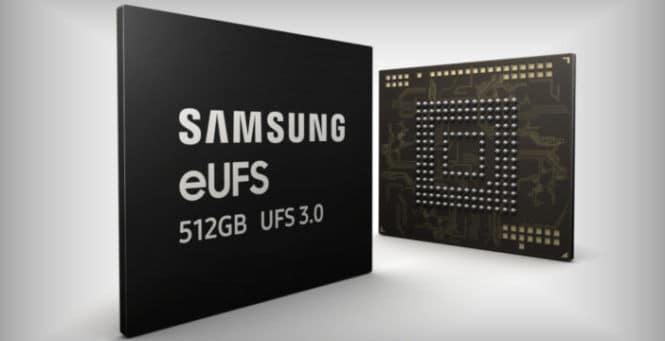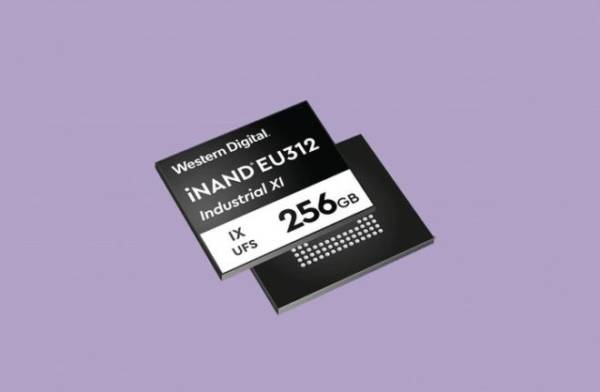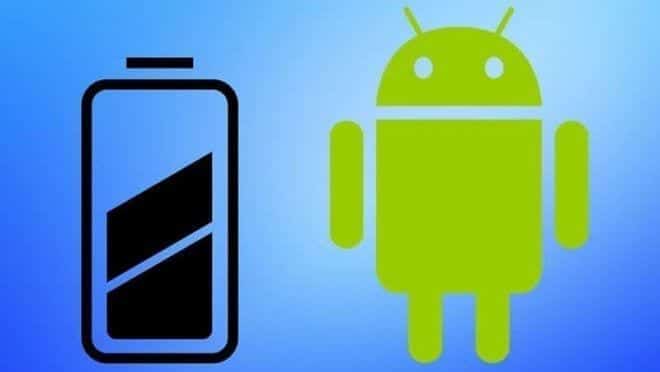If you followed the recent news on the OnePlus 7 (or the Galaxy Fold debacle), you must have heard of UFS 3.0, the new flash memory solution. This new version of Universal Flash Storage (UFS) offers extremely fast data transfer speeds. But is that all UFS 3.0 can do? What else is he capable of? More importantly, how does it differ from UFS 2.1? Well, this is what we will find out in this post today.
What is UFS 3.0 storage?
Before looking further into UFS 3.0, let’s quickly see what Universal Flash Storage (UFS) is.
UFS is a flash memory solution unveiled by the body of JEDEC standards and determines how the phone’s storage chip connects and exchanges information with the rest of the system. This system is responsible for accelerating data transfer, app loading time and also for installing apps on phones.
Mind you, UFS is not only used by phones. It is available in cars, media players, Chromebooks, and VR systems. The first version of UFS was announced way back in 2011, while the second version, UFS 2.0, was announced in 2013.
A couple of years later and the UFS 2.1 was mounted on many flagships like OnePlus 5 and Samsung Galaxy S8.
UFS 3.0, announced in February 2018, is the immediate successor to the UFS 2.1 standard. It should arrive in upcoming flagships like OnePlus 7 Pro and Samsung Galaxy Note 10.
The new storage technology features high-density NAND memories that translate into low power consumption. Along with this, it also brings a faster connection between the two main components- memory and chipset. More importantly, UFS 3.0 has a data transfer rate with a peak of 23.2 Gbps.
DONT MISS- What exactly is Samsung’s MicroLED technology (and how it affects your new TV)
All these data combine to provide the user with faster response times, whether it is a file transfer, app launch or copying data from one point to another. This ultimately means better multitasking and faster turnaround times without slowing down. Yes, you can say goodbye to apps that are suspended mid-way or at slow speed transfers. And it doesn’t end there.
This faster storage solution will also reflect on your phone’s photo capture capabilities – you can click on a burst of photos without interruption.
Even the backup and restore operations of the phone will be much faster. Furthermore, UFS 3.0 is also more efficient. It comes with a new 2.5V power mode for lower power consumption, thanks to the 3-bit V-NAND flash memory chip.
Furthermore, version 3.0 is capable of operating at very high temperatures, making them suitable for the development of automotive applications based on UFS for the automotive industry.
UFS 3.0 and UFS 2.1
One of the main differences between the two is speed. UFS 3.0 has twice the speed of its predecessor. On paper, UFS 2.1’s maximum effective bandwidth is 1200 MB / s, while UFS 3.0 has a huge bandwidth of 2900 MB / s, which is almost double its predecessor.
Another difference is in the communication channels. Naturally, with the update, the UFS 3.0 memory will be able to provide better and consistent performance. And as we mentioned earlier, the latest version has an energy consumption of 2.8 V compared to the 3.3 V of its old self.
Finally, UFS 3.0 has support for Samsung’s Replay Protected Memory Block, more commonly known as RPMB. If you are interested, RPMBs are special hardware partitions used to prevent unauthorized or illegal copying of data and require a special key to write in a specific country.
UFS 3.0 supports more RPMBs (of course with more RPMB keys) which should make it easier to keep the information on the phone safe.
Which devices will have UFS 3.0 memory installed
If you are thinking of buying a 2019 flagship phone like the OnePlus 7, Galaxy Note 10 or the Galaxy Fold, we assure you that you will be able to get a taste of the extraordinary speed of the new memory solution on your phone.
Western Digital, one of the leading manufacturers of smartphone memory, announced this year the EFD UFS 3.0 (Embedded Flash Drive), which will surely make its debut on other phones.
But it is unlikely that this standard will soon arrive on mid-range phones. Just like the Qualcomm Quick Charge 4+ charging standard which took some time to be publicly available. Today, phone manufacturers use Quick Charge 3.0 as a charging standard.
Conclusion
As the days go by, our phones are becoming an extension of us. From remembering what we have to buy to respond to important emails during work-free hours, many of us work with our phone. And therefore, it is important to perform the tasks as quickly as possible.
Fortunately, smartphone technology has undergone enormous changes over the last decade. Do you remember when the feature phones came without cameras? Today we have at least three camera modules on a single phone, all for different purposes. And well, we don’t get into the concept of zoom.
Fortunately, the same progress has also been made in areas such as phone storage and charging techniques.




